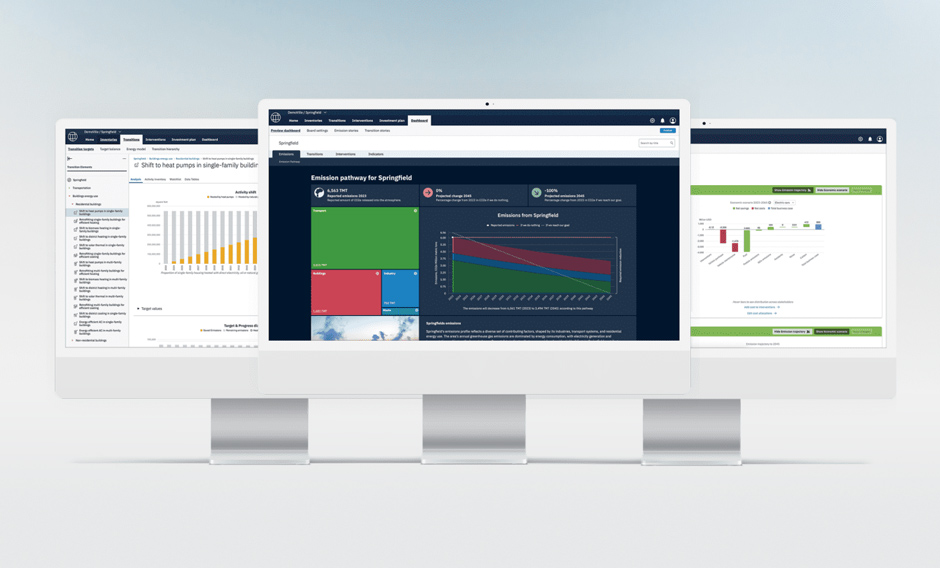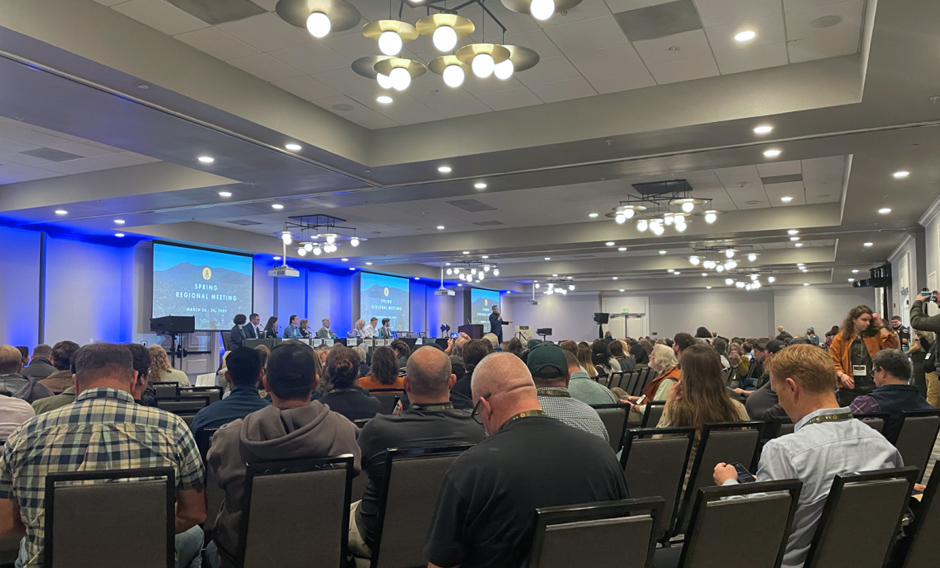SB 131 Expedites Housing Projects That Almost Qualify for a CEQA Exemption
California’s SB 131 introduces a groundbreaking “near miss” provision for housing projects seeking to use an exemption for CEQA compliance. The innovation is this: If a proposed housing project qualifies for a CEQA exemption but for a single exemption criterion, CEQA review for the project may be limited to the environmental effects related to that single condition. Limiting the environmental analysis to one topic could slash approval time from years to months and significantly reduce costs, addressing California’s housing crisis while maintaining environmental protections where they matter most.









